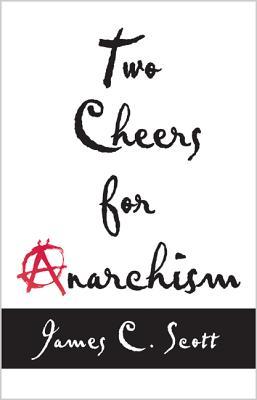The book Cry Palestine: Inside the West Bank by Saïd K. Aburish (1993) includes an inside look at the strategy and tactics involved in the Beit Sahour tax strike. Here are some excerpts:
I asked Makram [Sa’ad] to tell me briefly the history of the tax resisters, particularly the group with which he was identified.
“The idea began a long time ago, well before the intifada. The United National Leadership didn’t want people to pay taxes. But it was a difficult decision which they didn’t try to enforce for fear of reprisals against non-payers by the Israeli authorities. They weren’t sure our people were ready for reprisals and in many ways they were right.
“Whenever somebody refused to pay taxes, massive pressure by the authorities was directed at them. Among other things, the police would never renew their identity cards, and if you don’t have an identity card then you’re violating security laws and you can be detained. Or they wouldn’t renew drivers’ licenses and that too can lead to imprisonment. I don’t have a license now because they wouldn’t give me a new one. I drive without it; I take my chances.
“The principle behind non-payment of taxes is simple. The UNL’s position was that people shouldn’t pay taxes because international law considers the imposition of new taxes on the people of an occupied territory illegal [VAT is a totally new tax imposed by the Israelis], and it is highly questionable whether an occupying power can raise the level of taxation. But these two points are too complicated for our people to understand. Instead, UNL wisely based their appeal to people to stop paying taxes on what is happening to the tax money. We pay income tax, excise tax, property tax, municipal and other taxes, and we get nothing back. The Israelis spend no money on public works or health services and extremely little on education and other services. Showing that we weren’t getting any of the money back was a better way of explaining the problem, and this was coupled with figures showing that the Israelis use our tax money to support their hated military presence; they use it to finance their continued occupation.
“Beit Sahur [a town to the south of Bethlehem] crystallized the issue. Beit Sahur was the place where the big confrontation over taxation, non-payment that is, took place. You must remember that the Israelis fear non-payment of taxes more than anything else, and Beit Sahur was the test ground.”
“…Beit Sahur was the place where people began refusing to pay taxes; it was the place where this activity took on the semblance of a mass movement. It started with a few people in the community and spread like wildfire and before long no one in the place would pay taxes. So Beit Sahur became a whole town of over ten thousand people in open rebellion against Israeli rule, or what sustains it. What made it worse for the Israelis was the ethnic composition of the town. It is a mixed community of Catholics, Greek Orthodox, and Muslims. It sent out a message that all religious and ethnic groups were opposed to Israeli taxation policies.
“At first, the Israelis used one of the old methods they had used against non-payers in the past. They took away their household belonging: fridges, gas ranges, and furniture, supposedly the equivalent of the tax overdue. But this policy really backfired. After it was imposed, nobody would pay a penny, not even the people who hadn’t joined the movement before. What were the Israelis to do? The government’s storage facilities near Sarafand [near Ramallah] were full of household goods. People learned the art of conversation in Beit Sahur, after the Israelis took away all their radios and television sets.
“Each time the Israelis intensified their pressure, the Beit Sahuris responded with a gesture of defiance. The Israelis stopped people from going to school, the army occupied the local schools for three months, so the people responded by turning in their identity cards — thousands of them did that. An amazing community spirit surfaced.
“The army became desperate. They were determined to break the solidarity of the people, and all the traditional measures failed to do it. So, they imposed a state of siege. It lasted forty-two days. One couldn’t get in or out of Beit Sahur, and the only time one could move around inside the town was during the day, and even then everybody was subjected to harassment and abuse. This was the most they could do, but we still held the line, nobody gave in.”
“There were no leaders; everybody participated. If anyone, the religious leaders were the leaders. The Muslim, Catholic, and Orthodox leaders would link arms and march in defiance, and on occasion they prayed together in the main square of the town. We were all Palestinians and there were no leaders; we suffered alike and protested alike.[”]
“…We in Beit Sahur still don’t pay. They lifted the siege for one reason only: the international community eventually raised a fuss about their actions, that’s why.”
Sa’ad goes on to talk about some of the Israeli reprisals against the town and against individuals in it, and his own experience with the military authorities who were trying to force him to pay taxes with harassment, confiscation of personal and business belongings, arrests, and beatings.

